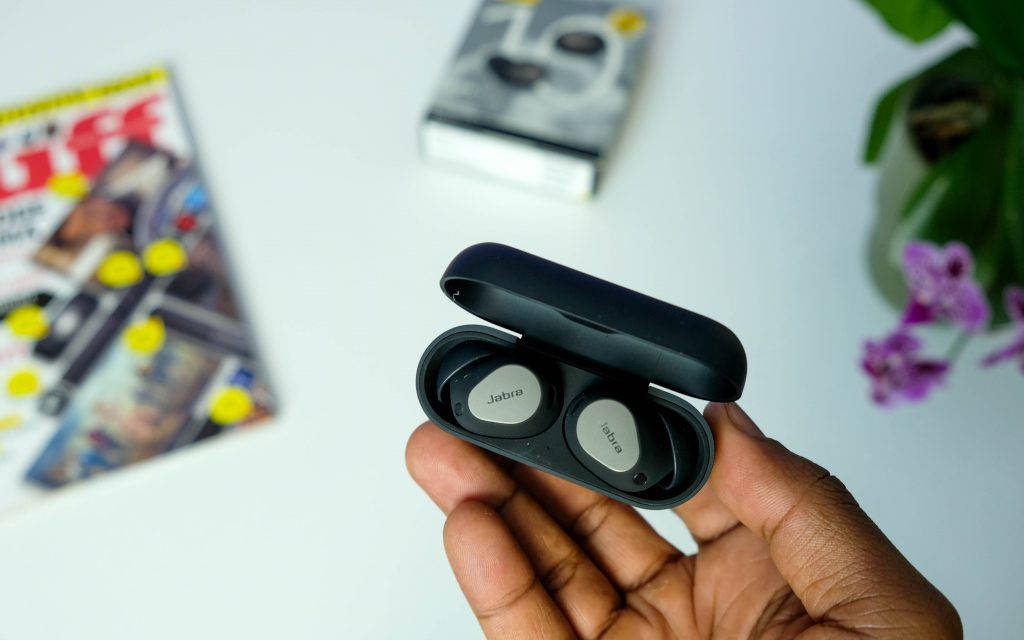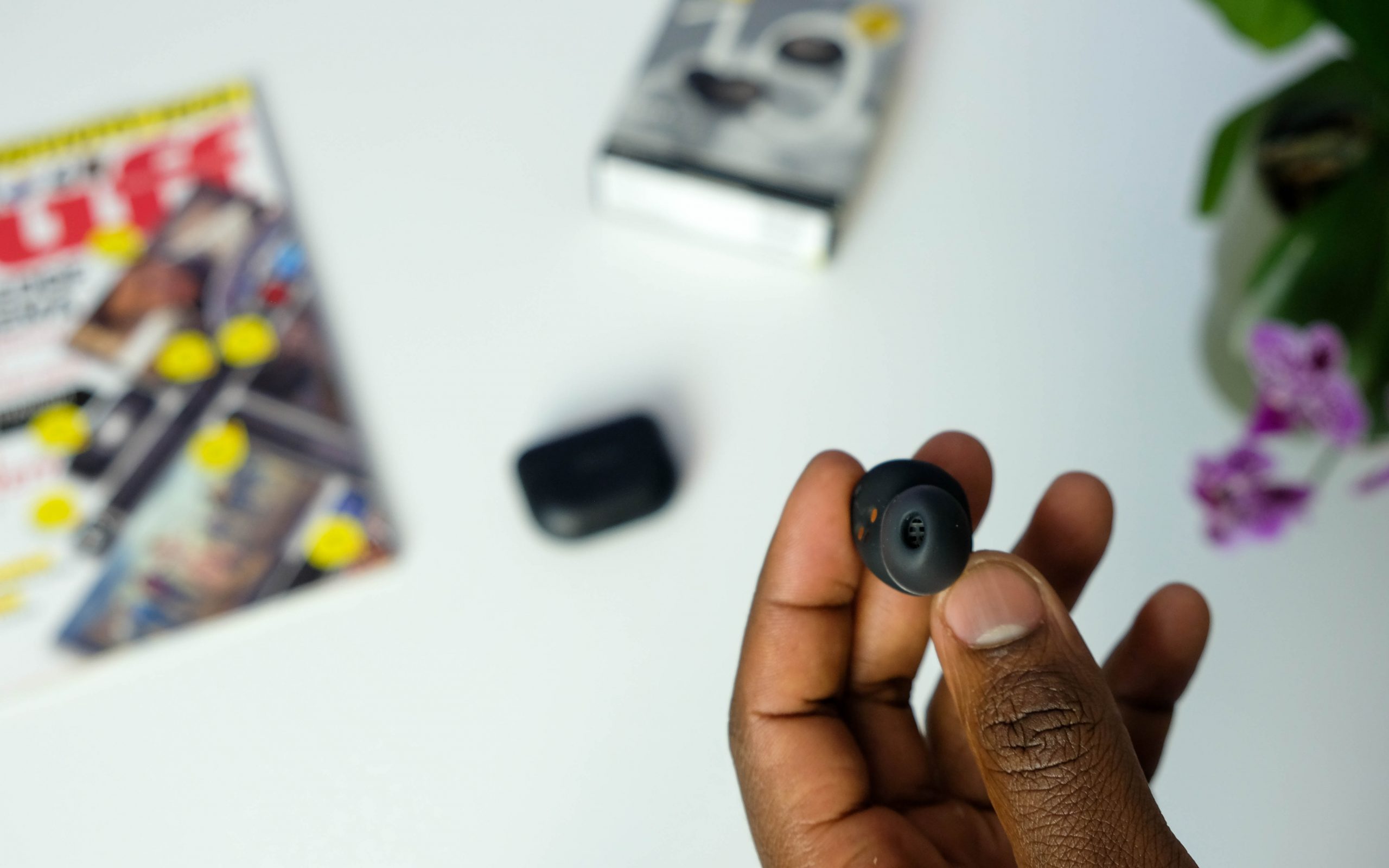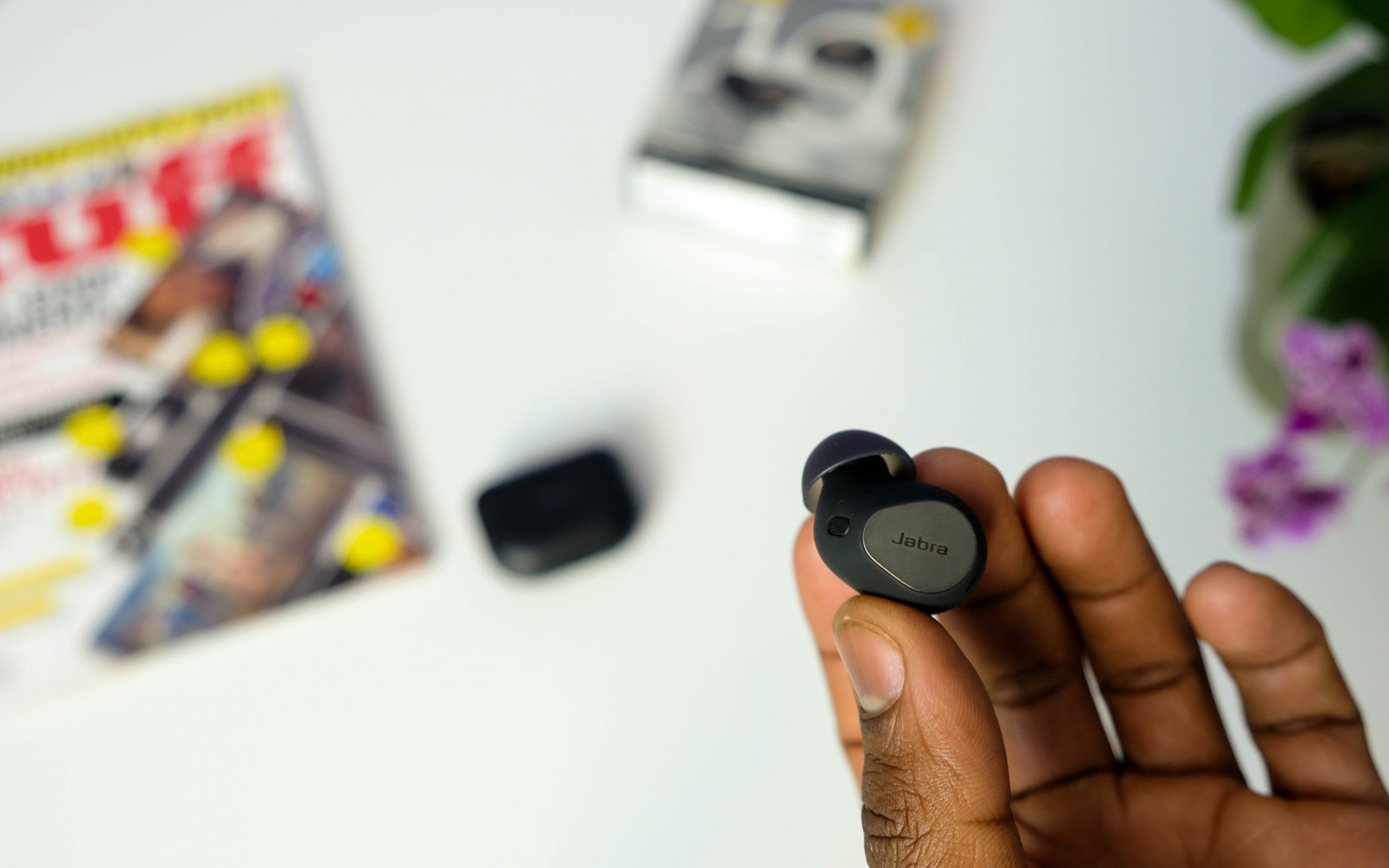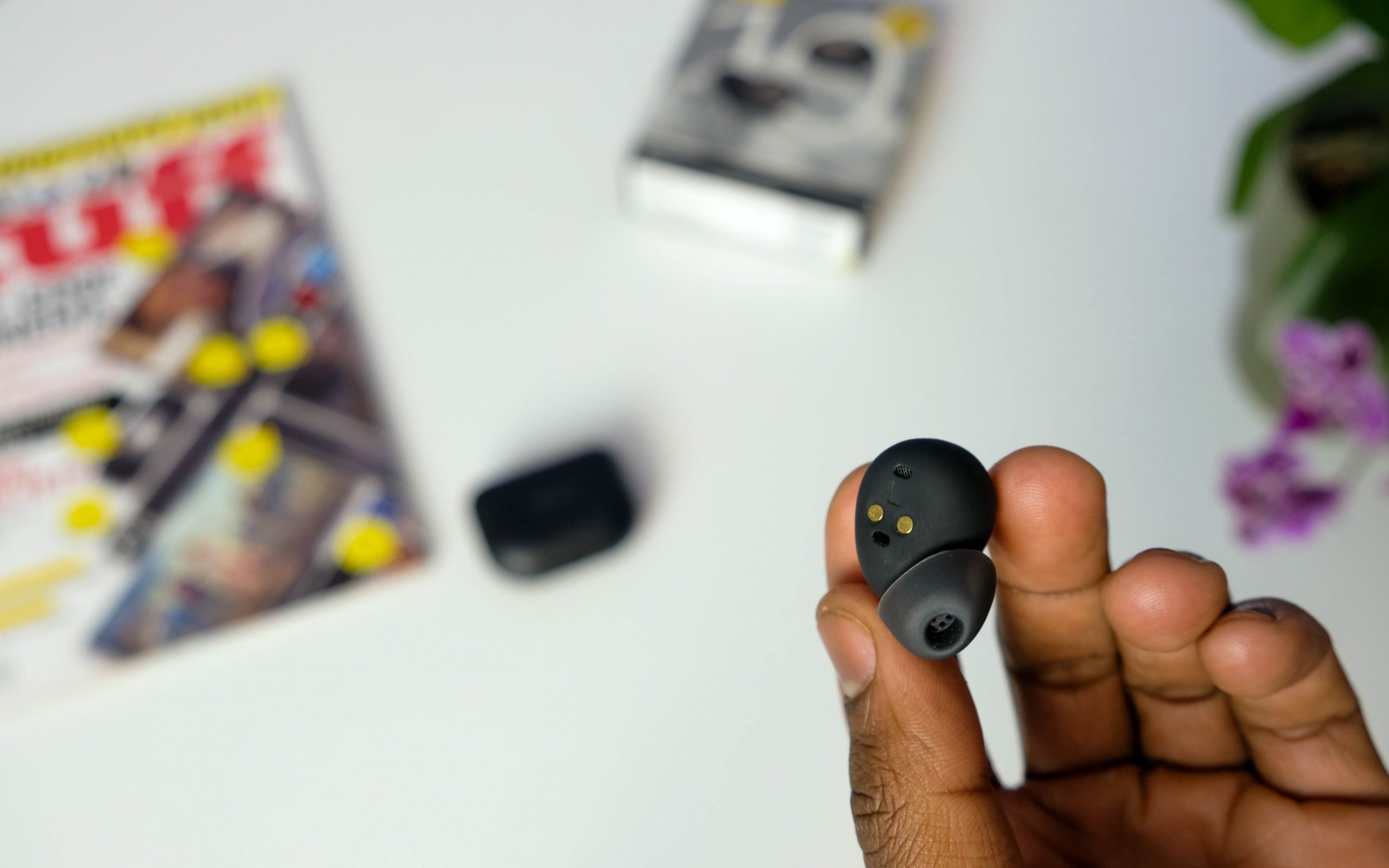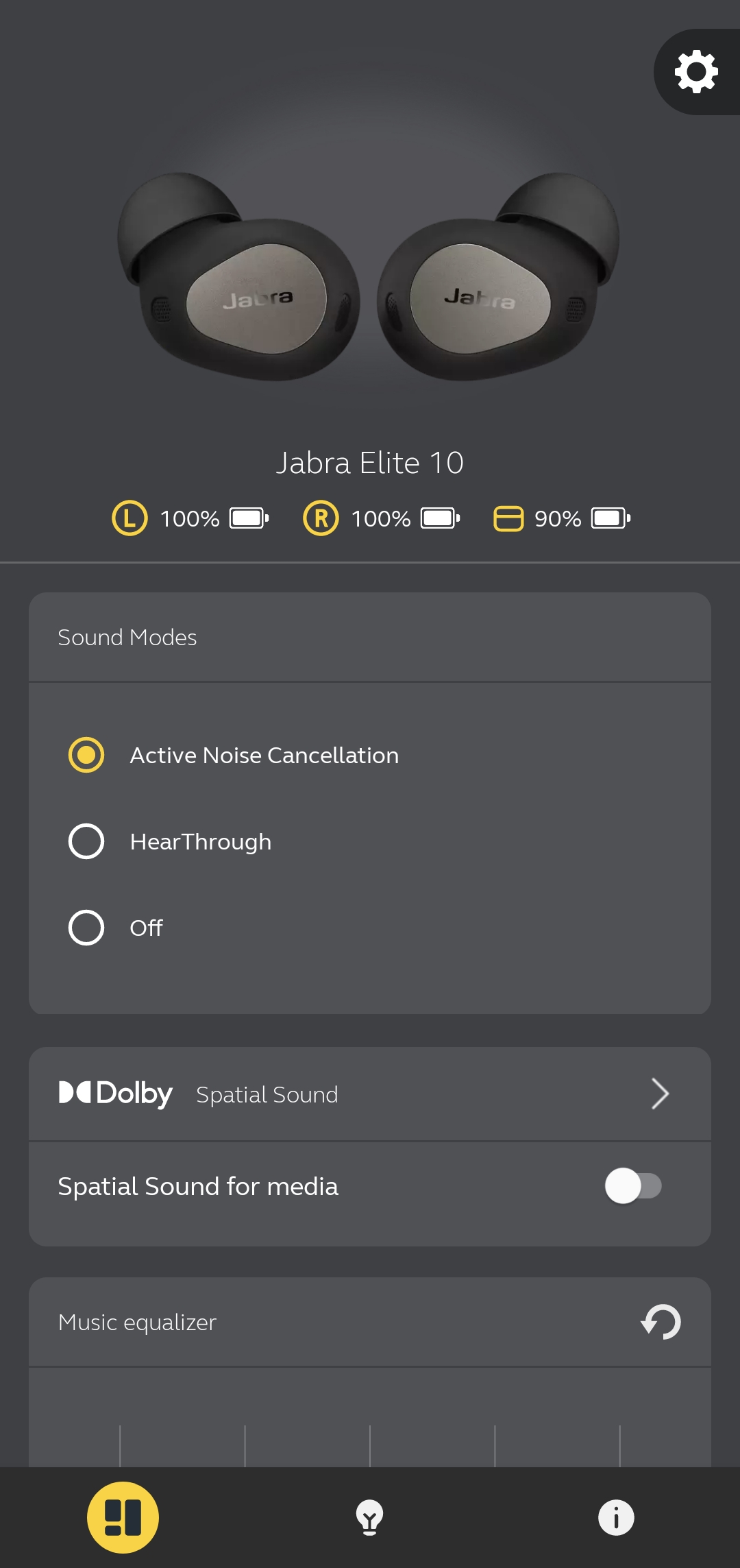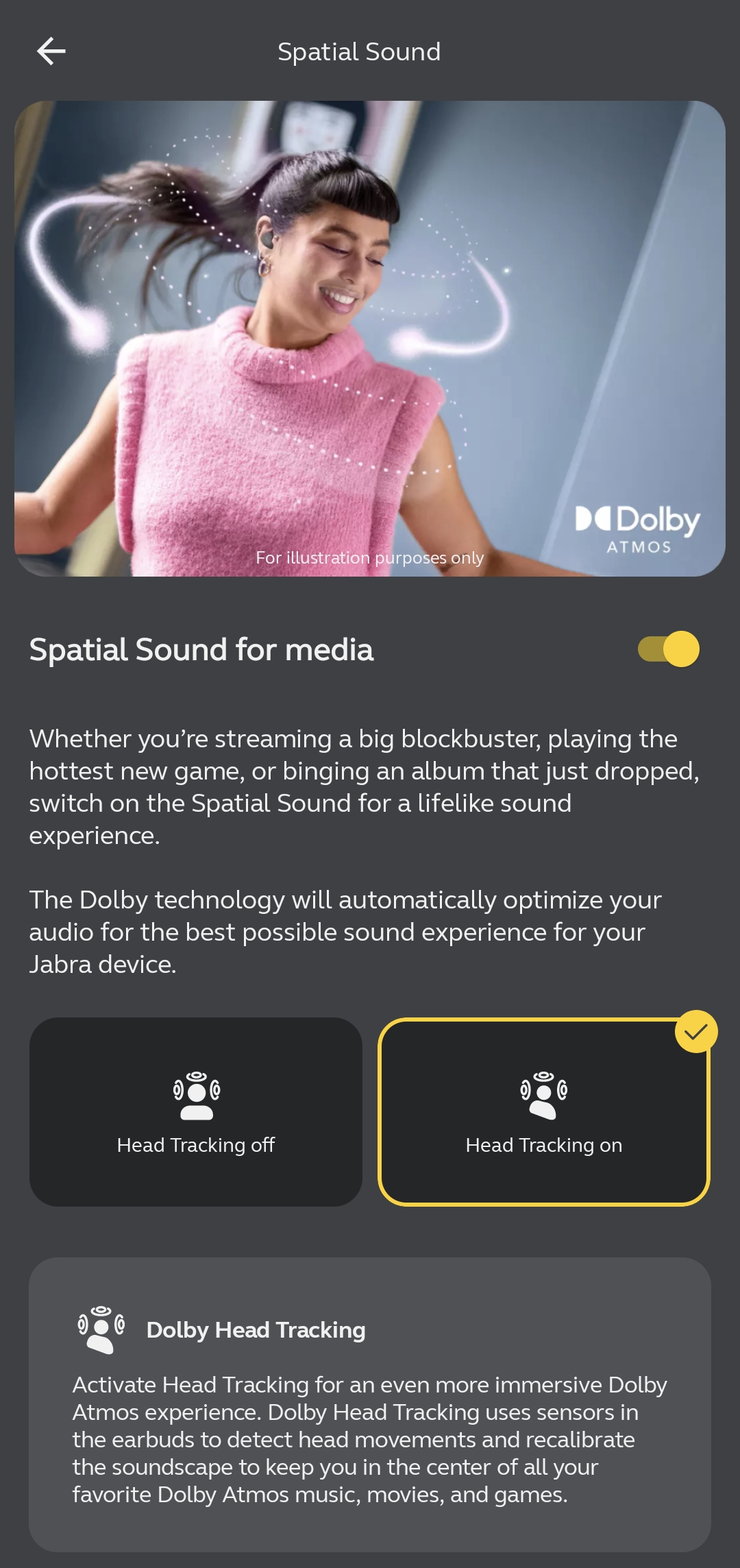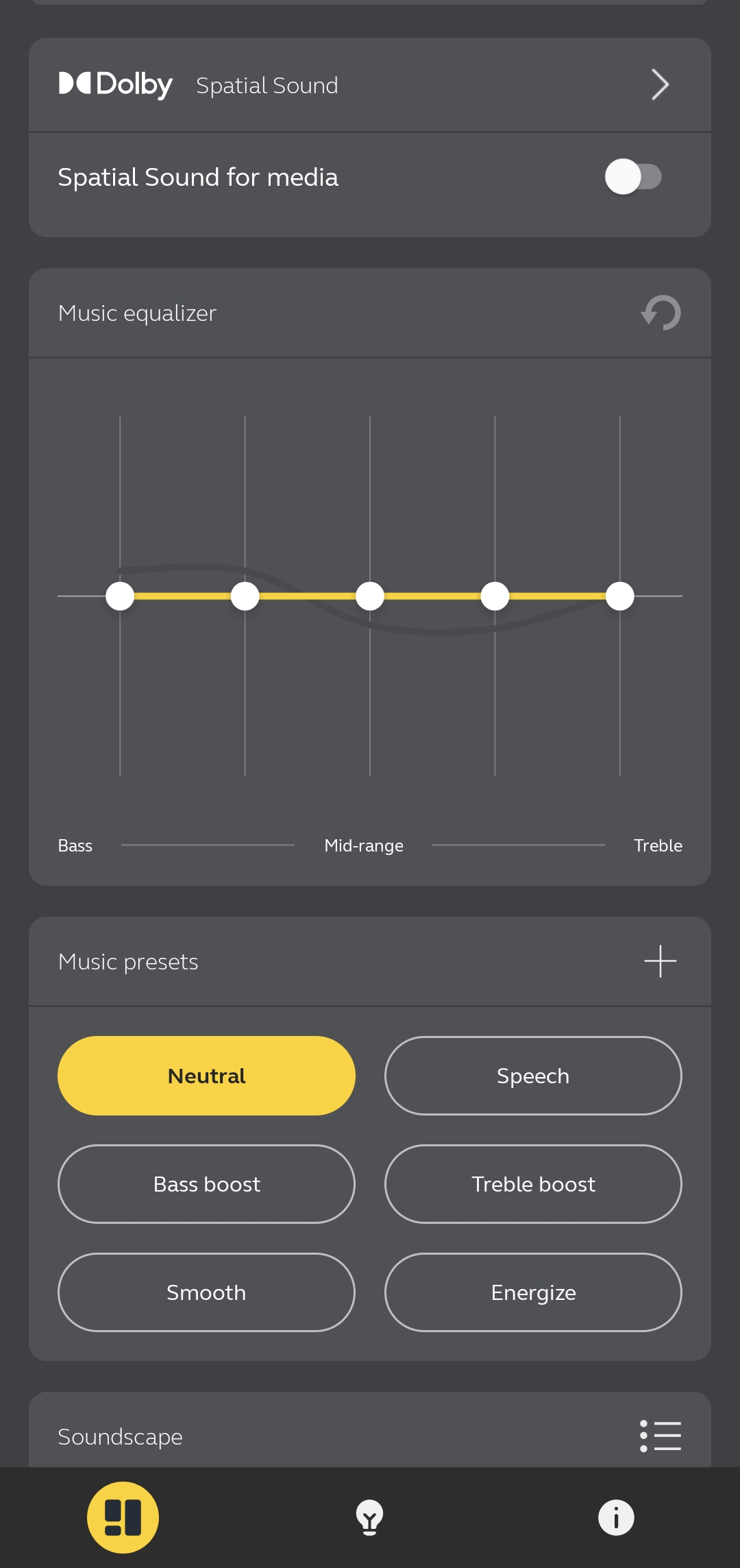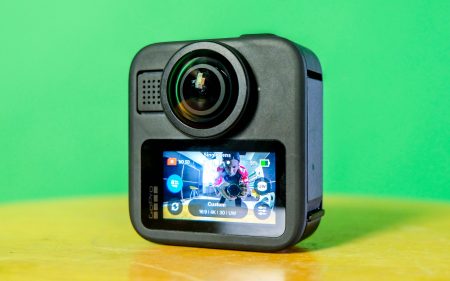The Elite 10 are the latest in-ear headphones from Jabra and its most capable to date. Their list of features is long and they're also the most comfortable earbuds we've ever worn. Whether that's worth sacrificing sound quality for at this price is up to you.
-
Design
-
Audio
-
Features
-
Value
Don’t you love it when companies use a sensible and easy-to-understand naming convention for their products? So do we. Jabra could have called its latest flagship earbuds something obscure but we’re glad it’s sticking to the ‘bigger number means better’ convention with the Jabra Elite 10.
These, along with the Elite 8 Active, are the latest silicone-wrapped in-ear headphones from the Danish company and supplant the previous flagship, the Elite 7 Pro. This time Jabra has tweaked the design and crammed more features into these tiny earbuds.
Adding more features doesn’t always improve a product but at least it doesn’t (always) make it worse. Does that mean the Jabra Elite 10 warrants a purchase? That depends on who’s asking and what they’re looking for.
Newfound aural comfort
If it’s you who’s asking and you’re looking for earbuds with a comfortable fit, we have no problem recommending the Jabra Elite 10. These are some of the most comfortable things we’ve put in our ears. That’s due in part to their 5.7g weight, the redesigned ovular ear tips, and the fact that they don’t probe your ear canals as deep as Jabra’s other ‘buds. Whatever the cause, the result is you may forget you’re wearing them. When you eventually take them out, you don’t get that feeling of relief as your ear hole returns to its normal shape. That’s a good way to tell how comfortable earbuds are.
Jabra said it scanned over 62,000 ears to develop this design and that’s apparent. Having said that, we all have differently shaped ears so you’ll need to find the size that fits your holes best. Jabra provides four pairs of tips so you’re bound to find one that suits you.
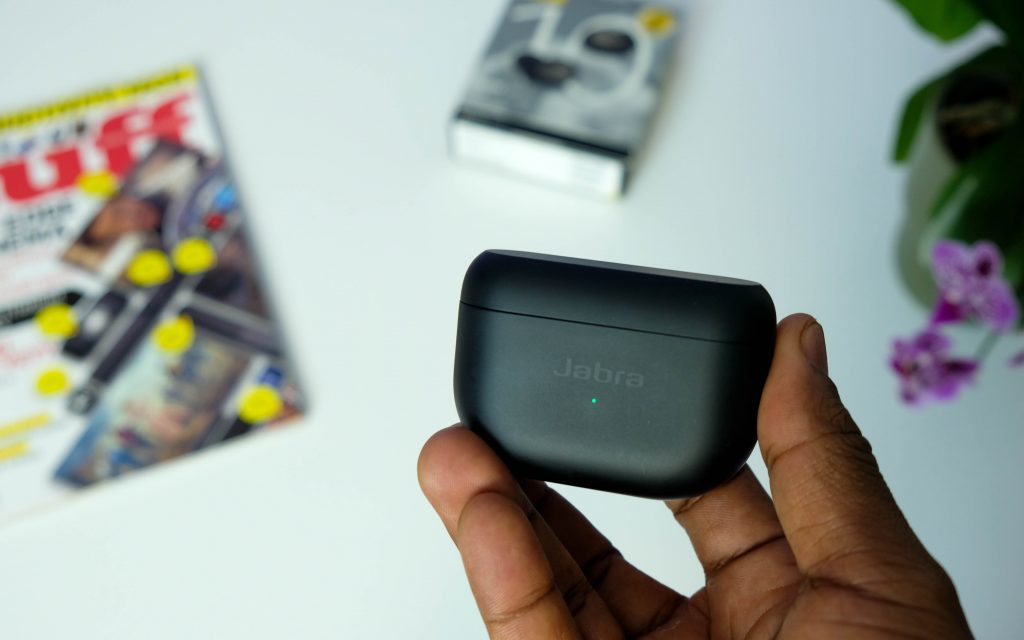 The charging case has also changed. For one, it is better constructed – the lid doesn’t feel like it’s going to fall off in a strong breeze and delivers a satisfying snap on closing. It’s taller and thinner instead of the short, squat shape of previous iterations. It’ll still make a bulge in your pants but it’s a flatter bulge and easier to explain. The USB-C port lives on the rounded bottom and Qi wireless charging is found on the rear. That means you can forget about standing it upright unless you also happen to balance pebbles in your spare time.
The charging case has also changed. For one, it is better constructed – the lid doesn’t feel like it’s going to fall off in a strong breeze and delivers a satisfying snap on closing. It’s taller and thinner instead of the short, squat shape of previous iterations. It’ll still make a bulge in your pants but it’s a flatter bulge and easier to explain. The USB-C port lives on the rounded bottom and Qi wireless charging is found on the rear. That means you can forget about standing it upright unless you also happen to balance pebbles in your spare time.
What do your ears tell you?
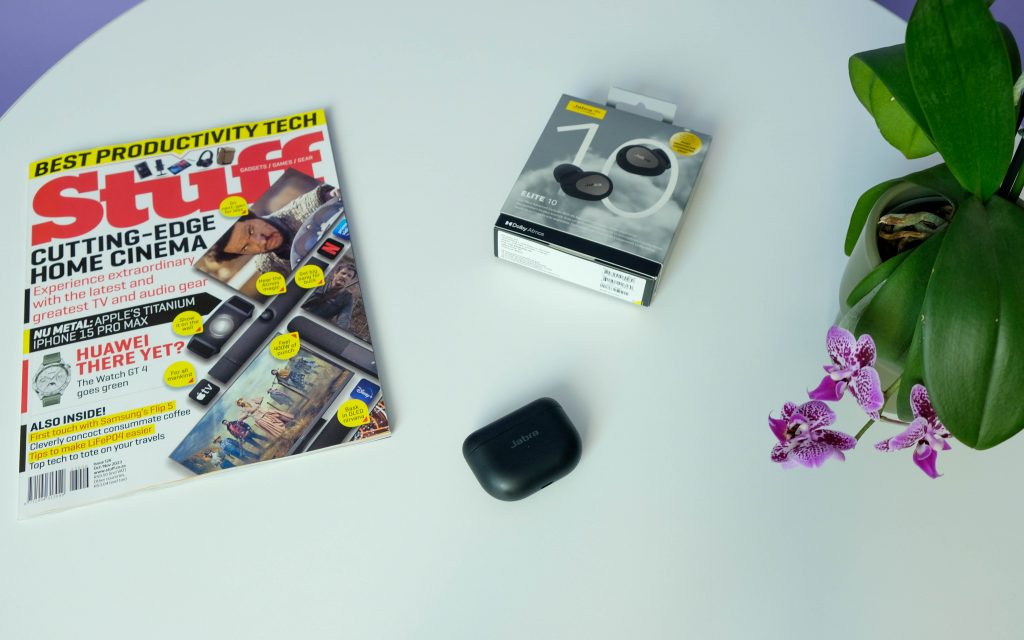 With new 10mm drivers inside, the Jabra Elite 10 is the biggest of the company’s in-ears to date. They have a well-balanced sound profile when using the default ‘Neutral’ EQ setting meaning they’ll do fine for most music genres, although we did find this preset a little too bright for our liking. The low range sounded a little underemphasised, particularly in the low-mids – not something we’re used to from Jabra. Mixes still have punch to them but they lack warmth due to muddy low-mids and overly emphasised highs.
With new 10mm drivers inside, the Jabra Elite 10 is the biggest of the company’s in-ears to date. They have a well-balanced sound profile when using the default ‘Neutral’ EQ setting meaning they’ll do fine for most music genres, although we did find this preset a little too bright for our liking. The low range sounded a little underemphasised, particularly in the low-mids – not something we’re used to from Jabra. Mixes still have punch to them but they lack warmth due to muddy low-mids and overly emphasised highs.
If you’d like a little more (or less) punch to your tracks, or maybe you can’t get enough of the mid-range and feel like boosting it even more, you can with the 5-band equaliser in the Jabra Sound+ app.
Like with any in-ear headphones that bypass your outer ear, you can’t expect much from their sound stage. The music sounds like it’s coming from directly inside your head, even with the ‘Spatial Sound for media’ setting enabled.
This spatial needs work
Speaking of which, that’s one of Jabra’s new draws with this year’s Elite 10 and Elite 8 Active ‘buds. Both support Dolby Spatial Sound with any kind of audio, whether it was created for it or not. But, while it does widen the sound stage a little, it’s added digitally by Jabra via the app so it can be hit-and-miss with some sources and can’t compare with the directionality of audio created using Dolby Atmos.
Luckily, unlike the Elite 8 Active, Dolby Atmos is also supported through the ‘head tracking’ feature in the Sound+ app. This feature uses sensors in each earbud to measure your head movements and then adjusts the audio as you move. When you’re listening to proper Dolby Atmos content, like streaming a compatible movie on Netflix or music from a service that supports spatial audio, it adds a noticeable depth to the mix but it does come with a drop in audio quality.
Furthermore, the ‘buds don’t know what you’re listening to so they apply their processing of whatever you’ve set to everything. If you only want head tracking enabled at certain times you’ll have to get used to toggling it on and off manually.
We like the direction Jabra is going here but the implementation needs more work before we can recommend these in-ears based on their spatial audio capabilities.
Juicing up
Luckily, the Elite 10 offers more than just a spatial audio gimmick. They also offer decent active noise cancellation (ANC) thanks to the six microphones and their new nozzle and ear-tip design. Those microphones also provide better-than-expected call quality.
An earbud’s fit can make or break its ANC performance so it’s worth the effort of trying the included tips to find your best fit. With a good fit, these were able to eliminate the drone of an aircon, the hum of aggressive laptop fans, and a chatty colleague. Add music to that and everything else fades away.
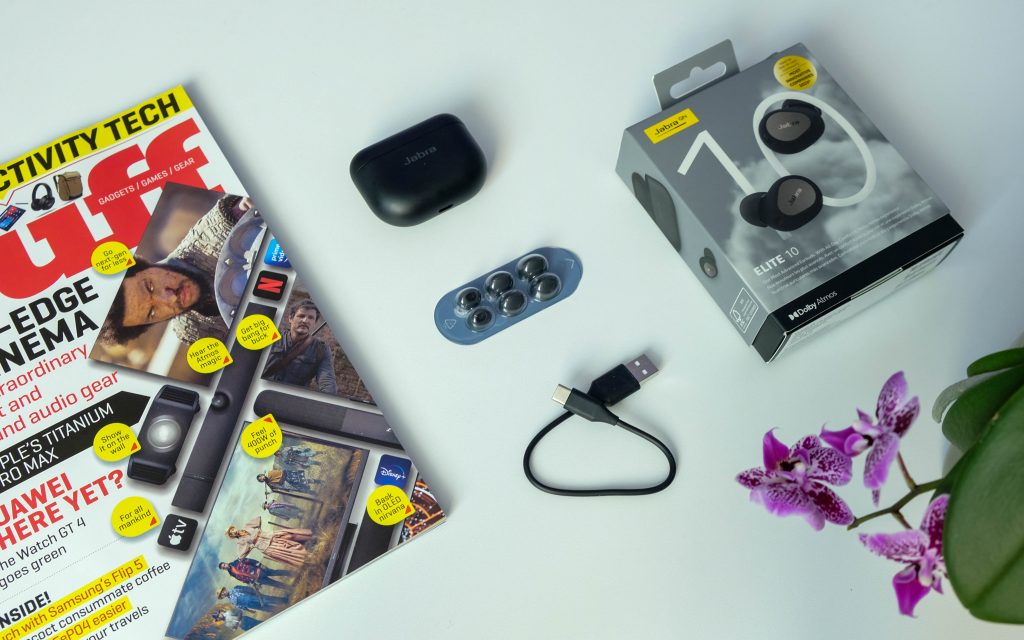 You can enjoy that solitary bliss for around six hours before the ‘buds will need a charge and up to eight hours if ANC is off. We found real-world performance lay somewhere around seven and a half hours but your results will vary. If you keep ANC off the case will provide an additional 36 hours. That drops to 27 hours with ANC enabled.
You can enjoy that solitary bliss for around six hours before the ‘buds will need a charge and up to eight hours if ANC is off. We found real-world performance lay somewhere around seven and a half hours but your results will vary. If you keep ANC off the case will provide an additional 36 hours. That drops to 27 hours with ANC enabled.
If you tend to use your devices until they’re dead, a full charge can take up to 3 hours. That’s not good for devices with lithium batteries so it’s a better idea to keep them above 20% with occasional top-ups – five minutes nets you one hour of use.
The Jabra Elite 10 earbuds use Bluetooth 5.3 for their connections between your smartphone and other devices and Bluetooth Multipoint means they can switch relatively seamlessly between them when they need to.
High-res audio fans will be happy to know that while the Elite 10 only supports SBC and AAC codecs for now, Jabra says they will support the new LC3 and LC3 Plus codecs with a future firmware update.
Jabra Elite 10 verdict
 Despite its flaws, the Jabra Elite 10 still feels like a step forward for the company. These are some of the most comfortable earbuds we’ve tested. The fact that part of what makes them so comfortable is also what makes them great for workouts is ideal for people looking for their next workout buds. Although, if you don’t mind sacrificing a few features, the Elite 8 Active and their IP68 rating might suit you better.
Despite its flaws, the Jabra Elite 10 still feels like a step forward for the company. These are some of the most comfortable earbuds we’ve tested. The fact that part of what makes them so comfortable is also what makes them great for workouts is ideal for people looking for their next workout buds. Although, if you don’t mind sacrificing a few features, the Elite 8 Active and their IP68 rating might suit you better.
If you don’t plan on working out much, the Elite 10 can still make an attractive purchase. For around R5,000 (depending on when and where you look) you get a durable set of ‘buds with a sound profile that probably won’t offend anyone and that you can tune to your liking.
The Dolby Atmos head-tracking feature is present but it isn’t the deal-maker Jabra makes it out to be. Other than that, they have a great set of features including decent ANC and a companion app that won’t make you pull your hair out. You should seriously consider the Jabra Elite 10 if you’re looking for in-ear headphones that you plan to wear for extended periods.

